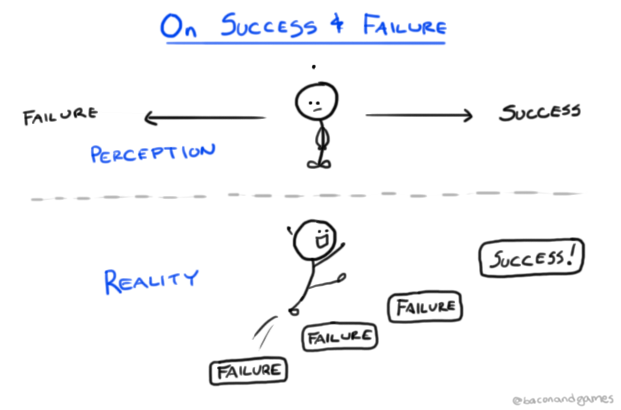Both game veterans and newbies start with the very same blank page. Even for me, a veteran developer, starting a new project is a daunting task. The difference is that I have the experience to realize what to focus on first.
Except I was completely wrong. I’m building a simple board game, based on a really neat article on simple ways of calculating things in a hex grid. So my first instinct was to start implementing that knowledge as a utility class. Which, in itself, is perfectly reasonable. But then I realized I was writing and testing utilities I’d probably never use!
This is a very common issue at any point during development. You have this idea you want to convey to the computer, but don’t really have a firm design in mind. Writing some code just to fill a page is still a useful tool, so use it. The problem is that many people get stuck far too long in this phase and not step back to re-examine what you really need. In my case, I spent an evening on that utility class. When I stepped away, I realized that was further than I needed to go. (Reminder, there is a strong case here for taking breaks often. You never know what will occur to you when you step away for a minute.)
So now what? You’ve written one utility class. It’s time to sit down and think about how you plan on designing the code for actual game. You may have already worked out the rules of the game, but there is a huge difference between knowing the rules in a human understandable way and coding those rules into a game.
It is here that you should now be focused on. Design the rules of the game and design the code that will implement the rules of that game.


